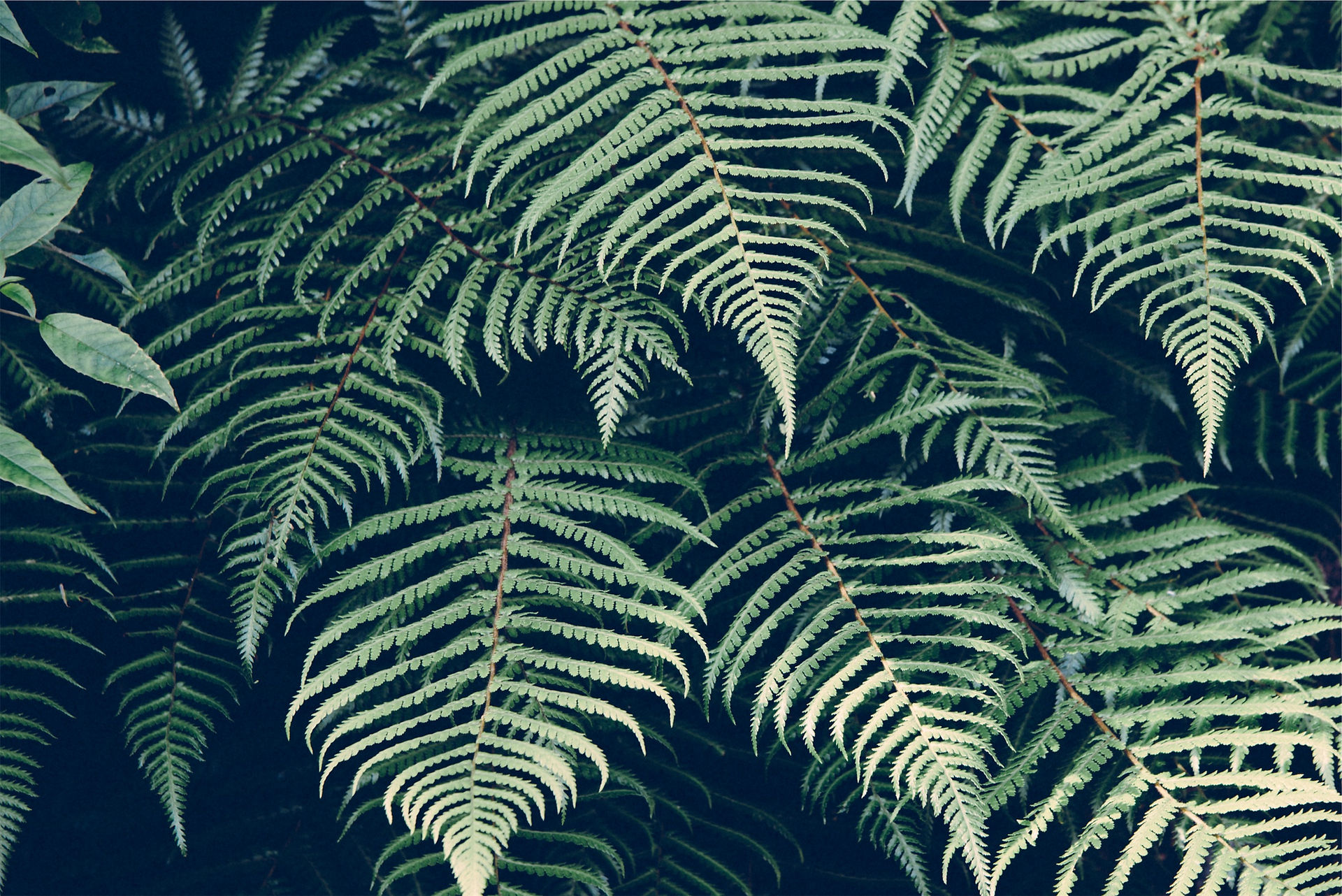Programme for PST-Session 5: Environmental Change, Landscape Reconstructions & Ecological Management
- PST

- Nov 8, 2020
- 3 min read

Time: 14:00 GMT Tuesday, 17th November 2020
14:00-16:00 London
15:00-17:00 Amsterdam
22:00-00:00 Beijing
6:00-8:00AM California
9:00-11:00 AM New York
1:00-3:00 AM (Nov 18) Sydney
Check your time here
1. Introduction by organisers
2. Talks [15 mins for each]
(1). Long-term drivers of vegetation turnover in Southern Hemisphere temperate ecosystems

Matthew Adeleye (Australian National University)
Abstract:A meta-analysis study of multiple fossil pollen records across temperate Australia was conducted to identify the timing and drivers of turnover and richness during the lateglacial and Holocene. While temperature change is considered key in the Northern Hemisphere, past turnover and richness in temperate Australia responded to moisture availability, ENSO and sea-level change.
(2). Post-colonial vegetation management exposed Australia to unprecedented wildfires

Michela Mariani (University of Nottingham)
Abstract:Catastrophic fires in Australia pose difficult questions about how the continent’s vegetation has changed since the arrival of British colonists in 1788. We applied REVEALS modelling for regional land-cover reconstructions using 55 pollen records. We found that the substitution of Indigenous vegetation management with British-inspired practices has exposed Australia to unprecedented wildfires.
------ First Round Questions & Biobreak ------ [6-8 min]
(3). Vegetation history and environmental change in Central highlands Madagascar during the Holocene

Andriantsilavo Hery Isandratana Razafimanantsoa (University of Cape Town)
Abstract: Grasslands currently cover more than 65% of the vegetation compare to the forests in Madagascar and its origin is subject of debate whether ancient or not. Palaeoecological record from the Central highlands revealed that the vegetation was dynamic and was dominated by shrubland during the early and mid-Holocene while the dominance of grasslands is noticed from ca. 1000 cal yr BP.
(4). Postglacial evolution of forest and grassland in southeastern Gobi (Northern China)

Yue Han (Peking University)
Abstract: Afforestation that does not consider climate carrying capacity and afforestation at the cost of grassland reduction have caused drawbacks in the southeastern Gobi of China. Based on a robust reconstruction method applied to a 19,000-year long pollen sequence, we show that tree cover peaked during the early Holocene (30.7±12.3%) and forest may suppress grassland when tree cover is higher than 13.8%.
------ Second Round Questions & Biobreak ------ [6-8 min]
(5). How can long-term environmental data inform modern restoration? Using palaeoecological data to decipher the impacts of human land use on biodiversity change

Jessie Woodbridge (University of Plymouth)
Abstract: Biodiversity plays an important role in ecosystem functioning and resilience to global change. Long-term ecological records can be used to explore biodiversity patterns and trends over multi-millennial time scales. Fossil pollen can inform us about palynological diversity while archaeobotanical remains can tell us about the way in which people used and transformed landscapes.
(6). Paratethys: from the Alps to the Aral Sea – evolution of environments during the Cenozoic

Keith Richards (KrA Stratigraphic / University of Liverpool)
Abstract: Paratethys was a remnant of the Tethys Sea which gradually evolved into separate basins and sub-basins during the Late Mesozoic and Early Cenozoic, due to movement of tectonic plates and uplift of the Alps, Carpathians and Caucasus Mountains. Paratethys first became partially isolated from the world’s oceans during the Oligocene epoch, more than 30 Million years ago, evolving into a huge lake system that stretched almost 5000 km from the Alps to the Aral Sea, and for more than 2500 km northwards from the Mediterranean. Connections to the open oceans (and between sub-basins) were controlled by several “gateways” which opened and closed over time, leading to varied marine, semi-marine and freshwater conditions in the Pannonian and Dacian basins, Black Sea, Caspian Sea and Aral Sea. Paratethyan palynofloras are hugely varied, including pollen, spores and non-pollen palynomorphs, but have especially diverse assemblages of dinoflagellate cysts. The best known of these are the “Paratethyan endemics” such as Spiniferites cruciformis and Galeacysta etrusca that first appeared in the Pannonian basin during the Late Miocene and spread eastwards around 6 Million years ago. Our current understanding of Paratethyan palynofloras is built upon many lifetimes of work by Eszter Nagy (Budapest), Mária Sütő-Szentai (Budapest), Irina Shatilova (Tbilisi) and Nataliya Bolikovskaya (Moscow), among many others.
------Last Round Questions & Biobreak------ [6-8 min]


Comments